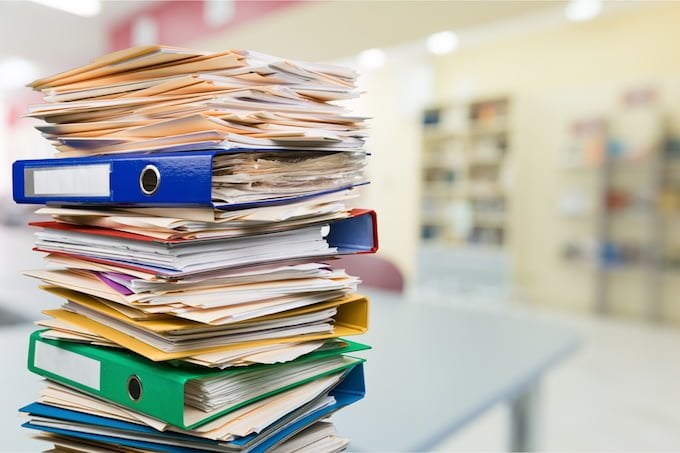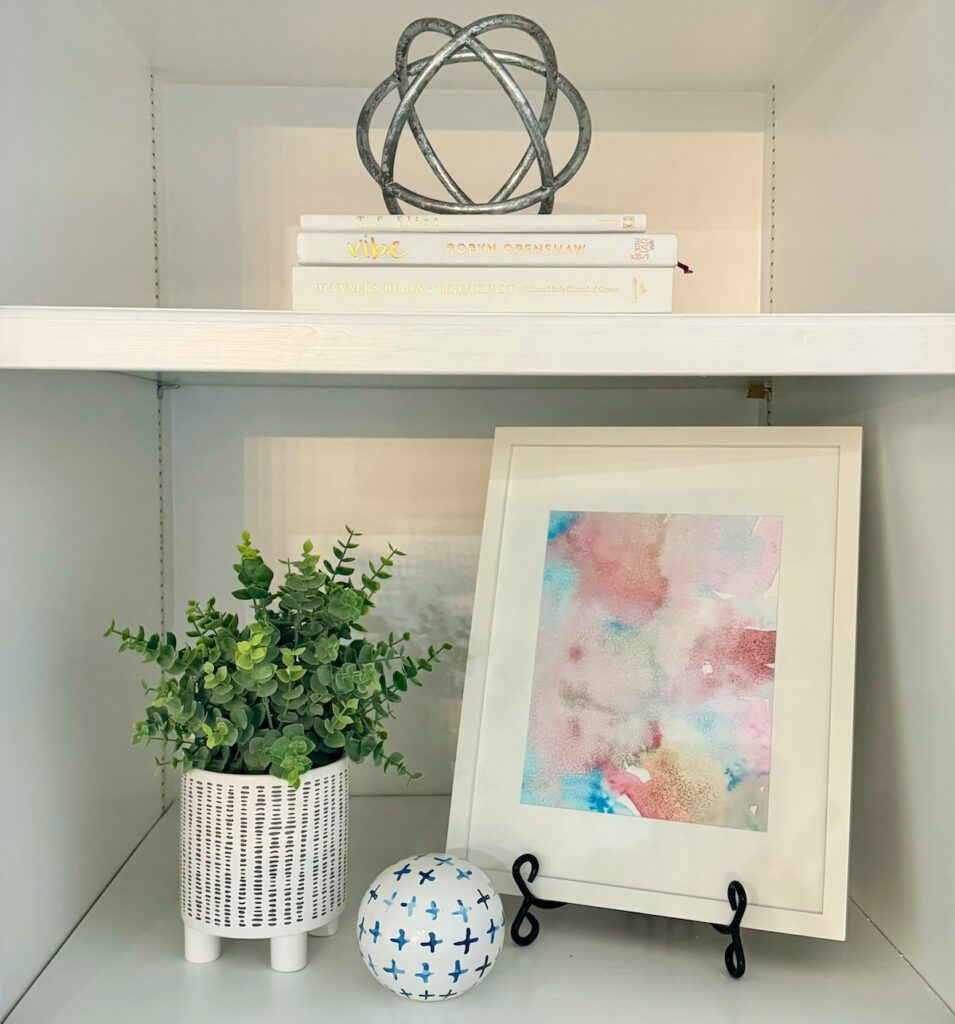How To Store Kids Artwork and School Papers
Every creation your child makes is a masterpiece. But how do you store kids artwork and school papers once the fridge is full and the folders pile up?

Most schools send home plenty of paper: spelling tests, math homework, artwork, notes, and reminders. That paper pile can quickly become an avalanche if you don’t have a plan for dealing with it.
You can’t keep everything your child makes. There’s simply too much of it. Not only do you not want to store it yourself, chances are – your grown child won’t care about every scribble they made at age 5.
Decide in advance what the criteria will be for choosing the keepers. Think of yourself as a curator – you want to choose the best, the favorites, the pieces that really show your child’s development at each stage.
How To Store Kids Artwork and Papers
It is much easier to deal with artwork and school papers as they come in than to sort through later. Start by preparing a landing spot for all those papers. If you have a family command center, this is a good spot to sort. A simple set of files in a file box or organizing tray can catch papers as they come in. Create a folder for each child’s work where you can slip pages each day. At the end of the week, sort through and decide what to keep and what to toss.
You can follow these simple tips:
- Curate
- Recycle
- Upcycle
- Go Digital
- Let Your Child Help
Curate Regularly
Each week, and again at the end of the school year, go through your child’s papers and choose the special ones to keep. These might be that A- math test they studied so hard for, first spelling test, or the school art contest drawing.
Random homework, notes from the school or teacher that are no longer relevant, and less important assignments should be tossed.
Use one box or binder for each child, and be sure to label each piece with the child’s name and the date it was created. Keep only what you need to document your child’s writing, personality, and development for each grade level.
My kids are great writers. So I love looking back on their stories, journal entries, and papers. These are really the main things I like to read again when I dig out the bins of old schoolwork.
Curating the artwork is a bit different. For larger pieces or 3D art, take a photo of your child holding the piece. This gives you not only the picture of the artwork but a record of how old your child was when they made it.
You can then save the photo and recycle the art. For smaller pieces, choose a few to go into the child’s binder or file box, then go digital with the rest.
Recycle
Once you’ve sorted and saved the important papers, recycle the rest. Embellished items are harder to recycle so anything with excessive crayon or stickers should go in the trash.
As my kids have gotten older, I realize I saved too much. This is fine, because you can always go through it again. The main things I love revisiting now are their stories and a few really creative art pieces.
Upcycle
I had Montessori kids, and one of the most awesome things they do is make a huge map book. They use watercolors and then they label the countries. They make one for each continent.
The mom of my son’s best friend framed his maps and decorated his room with them. They made beautiful artwork. The continents were all different colors, but the blue of the ocean tied them all together.
My oldest made this watercolor a few years ago. When I was decorating some built-ins, I wanted something with a hint of blue for one of the shelves. I found that piece, framed it, and now it’s free art for our living room.

Go Digital
For smaller pieces, you have several options. There are apps (like Artkive) that allow you to photograph papers, cards, artwork, etc. with your smartphone or tablet and label it with your child’s name and age. The photos are stored in the cloud and backed up regularly, so you don’t have to worry about losing them.
If you don’t wish to use an online service, you can scan or photograph the art as it comes in and use your favorite photo service to order photo books, make screensavers for family use, or create other photo gifts, such as coffee mugs or tote bags.
You can also create a collage or mosaic of your favorite pieces to display as a single work of art. Display the art in a digital frame, and then recycle the actual art. You can still enjoy it without the physical clutter.
Let Your Child Help You Decide What to Keep
Get your child involved in the curating and let him help you choose which pieces to keep. Showing him how to save only the best, and preserve other favorite pieces digitally while recycling the actual art, can be a great lesson in how to let go of stuff and overcome any hoarding mentality.
Decluttering isn’t an ability that comes naturally to some children, and curating their own school papers and artwork can help them learn this valuable life skill.
